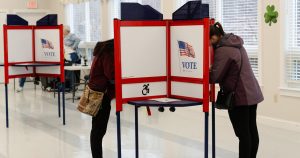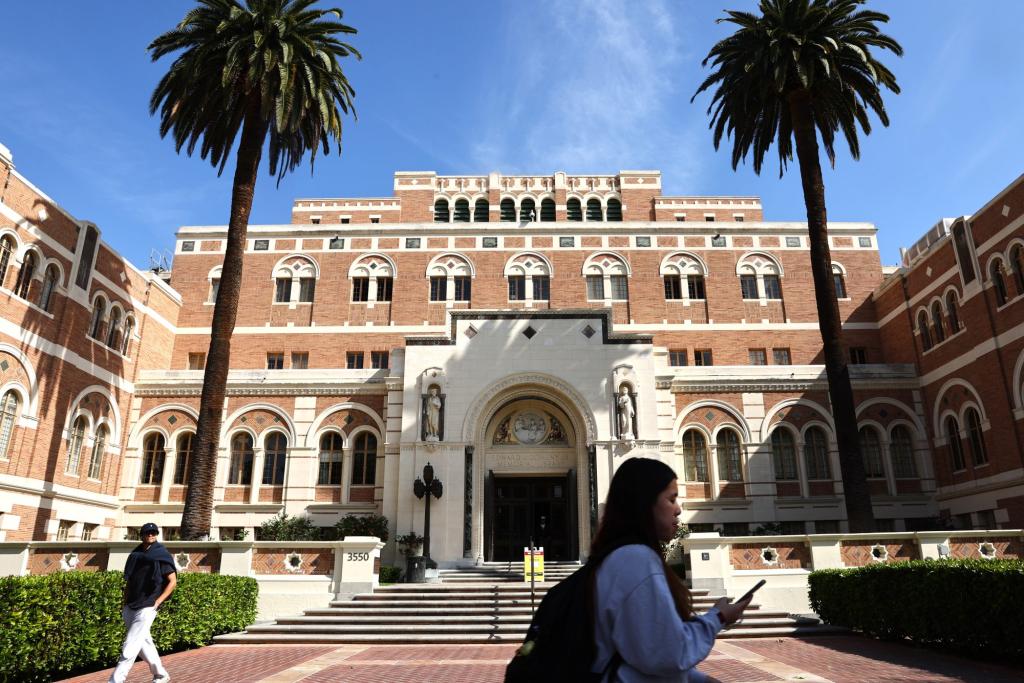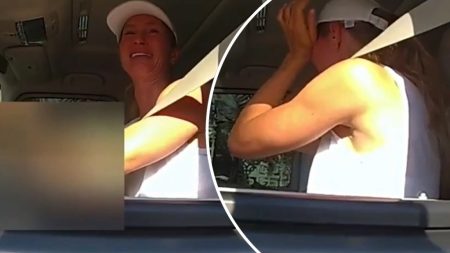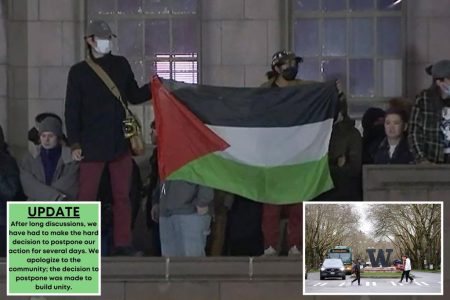Historian Victor Davis Hanson argues that the concept of diversity, equity, and inclusion (DEI) is destroying America and is behind the current crises in the country. He points to a rise in crime and antisemitism, as well as a shortage of soldiers in the military due to fear of being labeled as white supremacists. Hanson warns that the United States is ignoring the lessons of history, where countries like China and the Soviet Union suffered after replacing meritocracy with race, sex, class, and tribal criteria. He calls for a return to judging citizens based on their character and talent rather than DEI orthodoxy.
The Free Press’ Julia Steinberg reports on the resurgence of teaching classics and critical thinking in American schools. Despite falling out of favor in recent decades, this approach to education is making a comeback as parents and educators realize the failures of the current system and the lack of moral vision in contemporary campus culture. Over a million students in the United States are now receiving a classical education, as standards have plummeted and schools have become political battlegrounds where students are taught what to think rather than how to think.
Reason’s Eric Boehm discusses the need for reforms to Social Security, citing a Republican budget plan that includes raising the eligibility age for benefits. Despite this being a potential solution to shore up Social Security, the idea was quickly dismissed by both the White House and some Republicans. Boehm warns that without changes, benefits will be cut by 23 percent starting in 2033, with further cuts needed in the future. He criticizes the lack of action from policymakers and the state of fiscal policy in the country, which is hindering necessary reforms.
Culture critic Mark R. Whittington praises SpaceX’s Starship after a recent test launch, despite the craft disintegrating before splashdown. The FAA ruled the test a mishap, requiring the company to satisfy regulators before authorizing another launch. Whittington sees the Starship as a groundbreaking vehicle that promises to change the face of space travel forever. He emphasizes the importance of advancing technology in space travel for a better future and not just out of nostalgia.
Spiked’s Brendan O’Neill criticizes Candace Owens for her anti-Zionist and anti-Semitic comments, accusing her of falling into conspiracy theories and spreading dangerous rhetoric. O’Neill points to Owens’ criticism of Israel and her comments about Jewish individuals as evidence of her descent into anti-Semitism. He suggests that Owens is aligning herself with Gen Z in viewing Jews as oppressors, highlighting her concerning views on the Jewish community.
In conclusion, the various perspectives compiled by The Post Editorial Board touch on different aspects of current events and issues in American society. From the challenges posed by DEI to the need for reforms in education, Social Security, and the space industry, there is a diversity of opinions and concerns. The debate over these topics highlights the complexity and divisiveness in the country, as individuals and policymakers grapple with finding solutions to pressing issues. It is evident that these discussions will continue to shape the future of America and its place in the world.
















